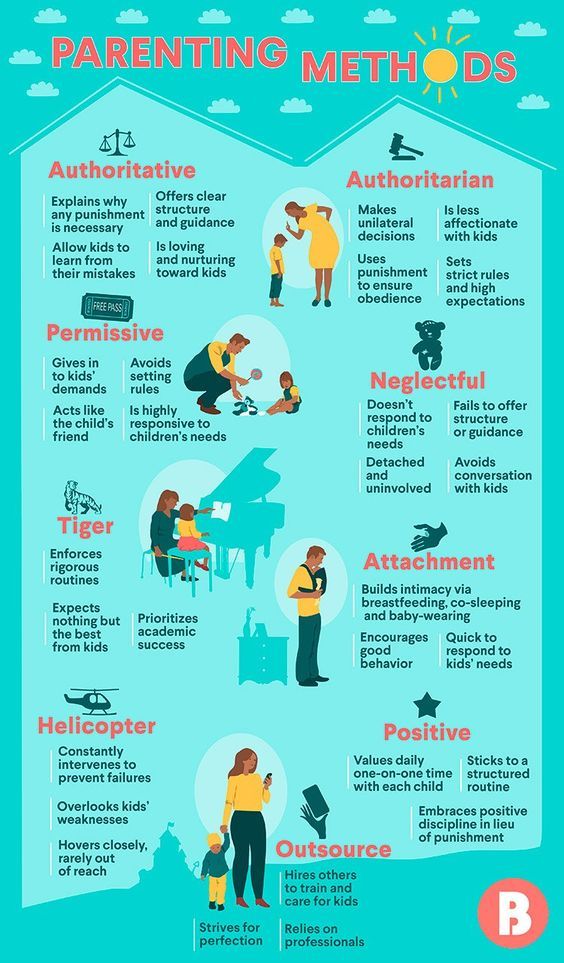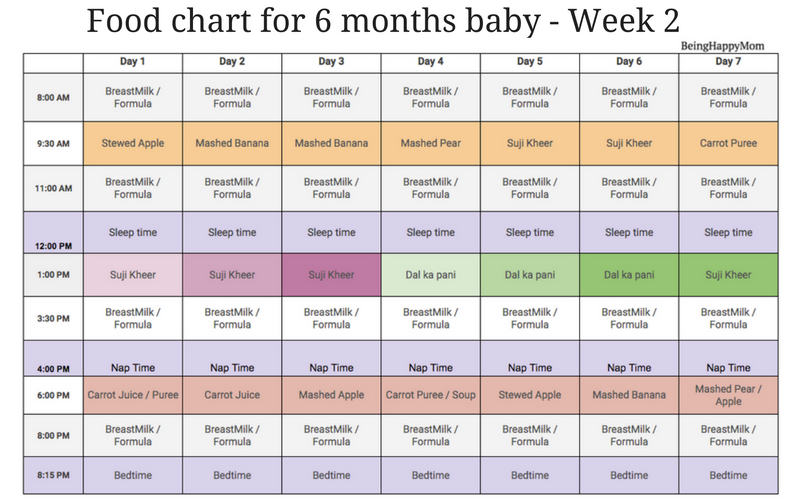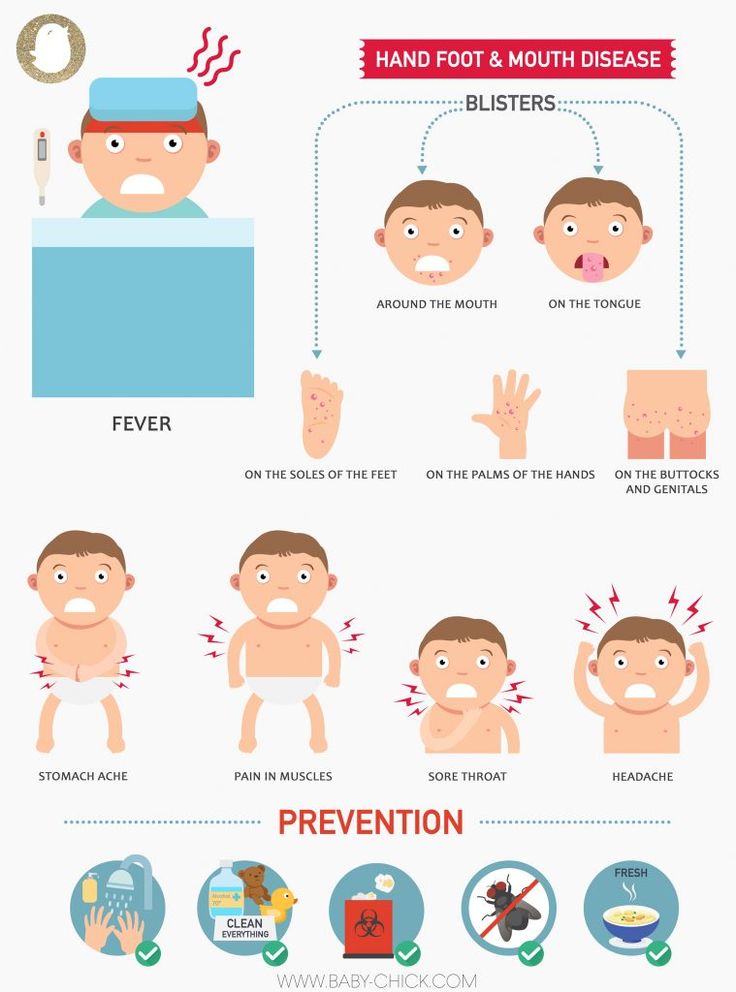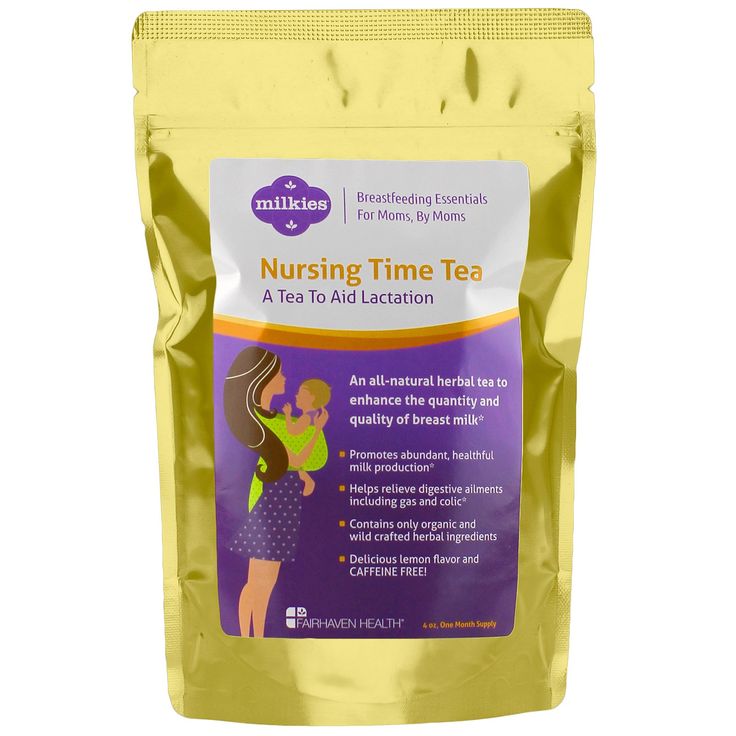C section exercise
When and how to exercise after a c-section
Tommy's PregnancyHub
Gentle activity will help you recover from your caesarean section (c-section). Pelvic floor and abdominal exercise can also help. After your 6-8 week postnatal check, you should be able to gradually increase the amount of exercise you do.
While you’re in hospital, your midwife should give you information on exercises that will help you recover from your c-section. They will encourage you to start moving around as soon as you’re able to get out of bed. Gentle walking will help you recover from your surgery.
If you had any complications during pregnancy or birth, or you have any medical problems, get advice from your GP or a physiotherapist before starting any type of exercise.
Find out more about what happens after a c-section.
Pelvic floor exercises
These exercises help to strengthen the muscles that support your womb, bowels and bladder. This may help you manage any problems with leaking urine.
You may have been doing these exercises during your pregnancy. After your c-section, you can start to exercise your pelvic floor once your catheter has been removed and as soon as you feel ready.
Speak to your GP if you’re worried about your pelvic floor after your 6–8 week postnatal check. They may refer you to a specialist in women’s health or gynaecology.
Read more about how to find and exercise your pelvic floor muscles.
Abdominal exercises
These exercises will help to strengthen the muscles in your abdomen (tummy area). This will help you to protect your spine and have good posture.
- Lie on your side and slightly bend your knees.
- Relax your abdominal muscles and breathe in gently.
- As you breathe out, gently pull in your abdominal muscles.
- At the same time, squeeze your pelvic floor muscles.
- Hold in your abdominal muscles and squeeze your pelvic floor for 10 seconds, then gently release.
- Repeat this exercise 10 times.

Returning to exercise
It’s best to wait until you’ve had your 6-8 week postnatal check with your GP before returning to your pre-pregnancy levels of exercise. If you weren’t very active before your pregnancy, this is a good time to start exercising. Try to build up gradually and stop if you have any pain.
Once you have recovered from your c-section and no longer have any pain, it’s usually safe to start low-impact exercises, such as swimming, pilates, yoga, gentle jogging and low resistance gym work.
Your GP may recommend you wait for at least 12 weeks before starting any high-impact exercises, such as aerobics, running and resistance or weight training. Hormones can affect your joints for about 6 months after the birth so start off gently.
Read more about recovering at home after a c-section.
Review dates
Reviewed: 16 July 2021 | Next review: 16 July 2024
Back to top
5 Exercises to Help with Your C-Section Recovery
5 Exercises to Help with Your C-Section RecoveryMedically reviewed by Deborah Weatherspoon, Ph. D., MSN — By Natasha Freutel on October 5, 2018
D., MSN — By Natasha Freutel on October 5, 2018
After your cesarean delivery
A cesarean delivery is a surgery where an incision is made through the abdominal wall to deliver a baby quickly and safely. Cesarean deliveries are sometimes medically necessary, but the recovery time is slightly longer than a vaginal birth. For this reason, caution should be taken. Moms should get their doctor’s OK before returning to regular exercise. Some key muscles that require retraining after pregnancy include the transverse abdominis. These are the corset-like muscles that wrap around the midline to the spine, the pelvic floor muscles, and the abdominal and lower back muscles. After a cesarean delivery, it’s important to activate and strengthen these areas so that they can provide support, decrease your risk of injury, and help you make a full recovery postpartum. Try these gentle exercises after a cesarean delivery. They require no equipment and can be performed from anywhere.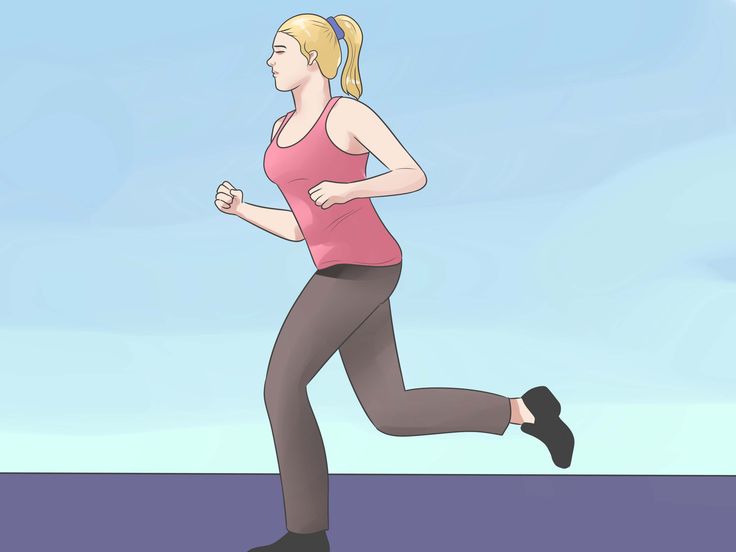
1. Belly breathing
This exercise is a great relaxation technique. It also helps retrain the core muscles to work together during daily activities. Muscles worked: transverse abdominis
- Lie on your back on a comfortable bed or couch.
- Place your hands on your belly and relax your body.
- Take a deep breath in through your nose, feeling your abdomen expand into your hands.
- Breathe out through your mouth. As you exhale, pull your bellybutton in toward your spine, contracting your abdominal muscles. Hold for 3 seconds.
- Repeat 5 to 10 times, 3 times a day.
2. Seated kegels
A layer of connective tissue called the fascia connects the muscles of the abdominals to the pelvic floor and helps them work together for optimal performance. Kegels are an excellent exercise to strengthen and activate the pelvic floor. They have been shown to decrease stress incontinence following childbirth. After a C-section you may have a urinary catheter and these exercises will help after the catheter is removed. Muscles worked: pelvic floor
After a C-section you may have a urinary catheter and these exercises will help after the catheter is removed. Muscles worked: pelvic floor
- Sit on the edge of a chair with your feet on the floor.
- Contract the muscles of the pelvic floor. It should feel like you’re trying to hold back the flow of urine.
- Imagine you’re closing all the openings of the vagina, anus, and urethra. Imagine lifting them up away from the chair.
- Hold this contraction as long as possible. Start with 5 seconds and work up to a longer duration.
- Take a deep breath in and then breathe out fully, relaxing the contraction.
- Try Kegels in different positions like standing or lying on your side.
- Perform 8 to 12 times with a 2-minute rest between contractions. Repeat 2 times per day.
3. Wall sit
This full-body isometric exercise is an excellent way to get all the muscle groups to work together in unison.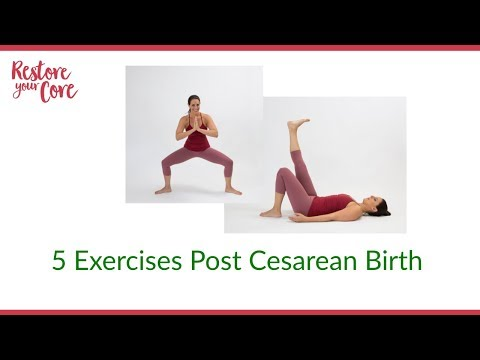 Muscles worked: quadriceps, hamstrings, pelvic floor muscles, core, and lower back
Muscles worked: quadriceps, hamstrings, pelvic floor muscles, core, and lower back
- Stand with your feet 1 to 2 feet away from the wall.
- Slowly lean back toward the wall, lowering yourself into a sitting position. Your hips and knees should be at 90-degrees to one another.
- Engage your core. Take a deep breath in and while you exhale, feel as if you’re pulling your belly button into the wall.
- For an added bonus, contract your pelvic floor by doing a Kegel while holding this position.
- Hold for as long as possible. Rest 1 minute, then repeat 5 times.
4. Cesarean delivery scar massage
As a cesarean delivery scar heals, the different layers of skin and fascia can become adhered to each other, limiting your range of motion. These adhesions may lead to future problems like urinary frequency, or hip or back pain. A scar tissue massage, also referred to as scar tissue release, helps break up the adhesions and assists with proper tissue healing.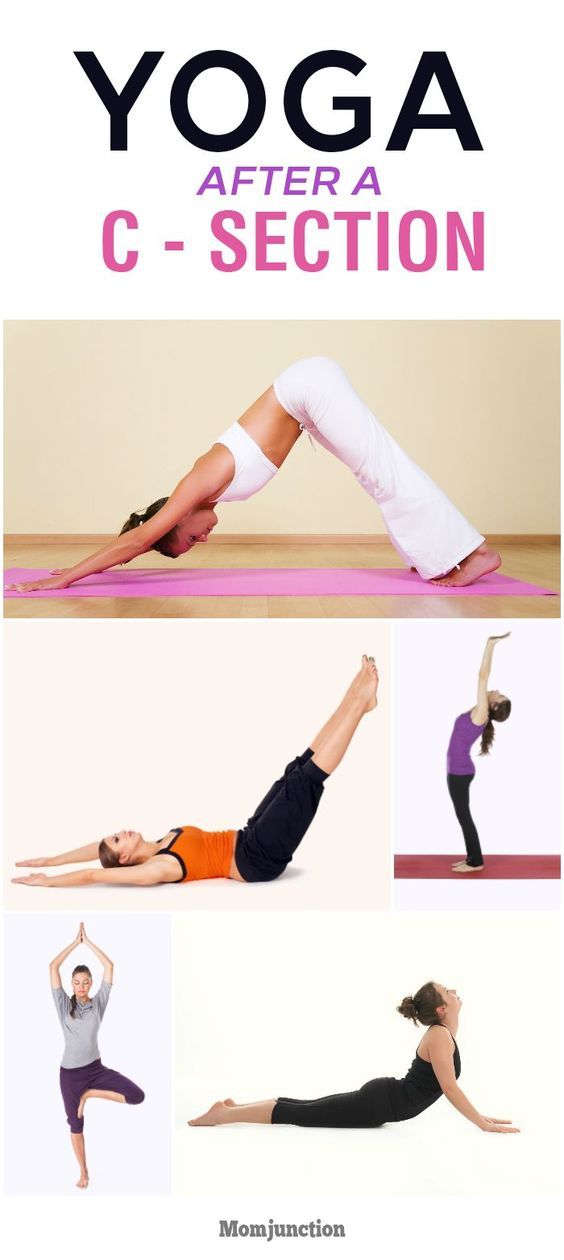 Only begin scar massage after your scar is healed and your doctor gives you the green light. Areas worked: fascia, connective tissue
Only begin scar massage after your scar is healed and your doctor gives you the green light. Areas worked: fascia, connective tissue
- Lie on your back with your fingers positioned above your scar. Pull the skin with your fingertips around the scar and observe its movement. Try sliding it up and down and side to side. Notice if it moves more easily in 1 direction than another.
- Working in 1 direction, slowly move the scar back and forth. You will want to start off gently and gradually move up to a more aggressive massage.
- Move the scar up and down, side to side, and even around in circles. Small movements are better, but tissue mobilization can be done in all areas of the abdomen.
- If the scar is painful, stop and try again at a later date. Once you feel comfortable, you can perform this massage once a day.
Note: Be sure to consult your doctor before engaging in exercise postpartum. Always start small, working up to more challenging movements. Avoid activities that place a lot of stress on the abdominal muscles and hip joints. If possible, consult a physical therapist or postpartum exercise specialist. If you notice an increase in bleeding, fatigue, or inflammation of the scar area, stop and seek medical help.
Always start small, working up to more challenging movements. Avoid activities that place a lot of stress on the abdominal muscles and hip joints. If possible, consult a physical therapist or postpartum exercise specialist. If you notice an increase in bleeding, fatigue, or inflammation of the scar area, stop and seek medical help.
5. Leg slides
Generally, exercise should not start until six to eight weeks after the surgery and you should always check with your doctor before beginning. Low impact exercise such as yoga, Pilates, or swimming is the best way to begin. This beginner core exercise helps engage the core muscles in a gentle but effective way. The transverse abdominis muscle is an important area to strengthen as it supports the body core. Also, it supports the linea alba, a fibrous structure that extends from the xiphoid process down to the pubic bone and also supports core stability. Muscles worked: transverse abdominis
- Lie on your back on the floor with your knees bent and feet flat on the ground.
 Wear socks or put a towel under your feet to allow your feet to slide easily on the floor.
Wear socks or put a towel under your feet to allow your feet to slide easily on the floor. - Take a deep breath. As you exhale, contract your abdominal muscles by pulling your belly button to your spine without changing the curve of your lower back.
- While maintaining this contraction, slowly extend your foot away from your body until the leg is fully extended.
- Slowly bring it back to the starting position.
- Repeat 10 times on each side. Perform once per day.
The takeaway
Abdomen and pelvic floor exercises are beneficial following a cesarean delivery. To increase strength and stability in the core muscles, try breathing exercises, isometric contractions, and exercises that target the transverse abdominis. Regaining strength gradually will help you return to doing the activities you love with ease.
Share on Pinterest
Last medically reviewed on October 5, 2018
- Parenthood
- Postpartum Care
- Post Delivery
How we reviewed this article:
Healthline has strict sourcing guidelines and relies on peer-reviewed studies, academic research institutions, and medical associations.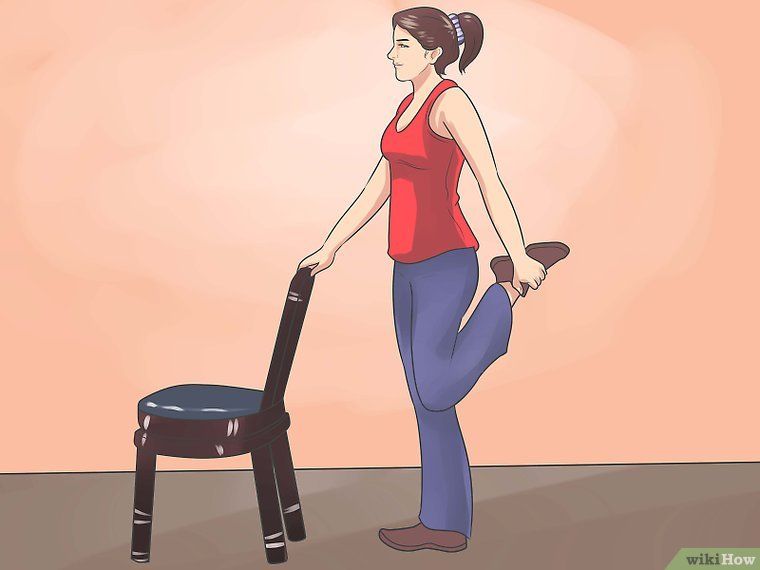 We avoid using tertiary references. You can learn more about how we ensure our content is accurate and current by reading our editorial policy.
We avoid using tertiary references. You can learn more about how we ensure our content is accurate and current by reading our editorial policy.
Our experts continually monitor the health and wellness space, and we update our articles when new information becomes available.
Current Version
Oct 5, 2018
Written By
Natasha Freutel
Edited By
Cody Cowan (admin)
Medically Reviewed By
Deborah Weatherspoon, Ph.D., MSN
Share this article
Medically reviewed by Deborah Weatherspoon, Ph.D., MSN — By Natasha Freutel on October 5, 2018
related stories
6 Tips for a Fast C-Section Recovery
Hernia After C-Section: What Are the Symptoms?
How to Enjoy Sex After a C-Section
Cesarean Section Complications
16 Effective Tips to Lose Baby Weight After Pregnancy
Read this next
6 Tips for a Fast C-Section Recovery
C-section recovery can take 6 to 8 weeks.
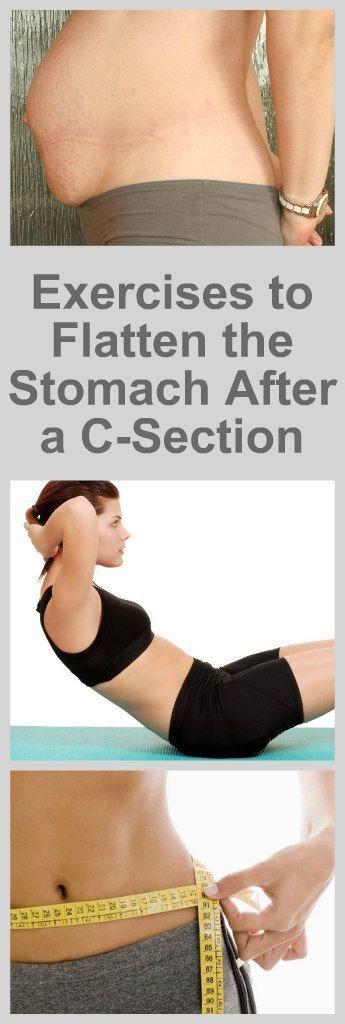 Get tips to help get you through this period of healing. We’ll also let you know the serious symptoms to…
Get tips to help get you through this period of healing. We’ll also let you know the serious symptoms to…READ MORE
Hernia After C-Section: What Are the Symptoms?
Medically reviewed by Valinda Riggins Nwadike, MD, MPH
Experiencing a hernia after a cesarean delivery is a rare but possible complication. Here are the symptoms and treatment options.
READ MORE
How to Enjoy Sex After a C-Section
Medically reviewed by Euna Chi, MD
If you’re recovering from a cesarean delivery, you might be wondering when you’ll be able to have sex again and what it will feel like. Here’s what…
READ MORE
Cesarean Section Complications
Medically reviewed by Debra Rose Wilson, Ph.D., MSN, R.N., IBCLC, AHN-BC, CHT
Overall, a cesarean section is an extremely safe operation.
 Even so, you may experience complications. Learn what you should know about these rare but…
Even so, you may experience complications. Learn what you should know about these rare but…READ MORE
16 Effective Tips to Lose Baby Weight After Pregnancy
By Elise Mandl, BSc, Msc, APD
For many women, post-pregnancy weight loss can be a struggle. Use these 16 tips to help you lose weight and get back your pre-baby body.
READ MORE
Can Ectopic Pregnancy Be Diagnosed With Ultrasound?
Medically reviewed by Valinda Riggins Nwadike, MD, MPH
Ectopic pregnancy is a serious condition that requires accurate and swift diagnosis. Ultrasound for ectopic pregnancy diagnosis is just one tool your…
READ MORE
Is It Safe to Consume Flaxseeds During Pregnancy?
Given the inconclusive and conflicting stances about eating flaxseeds during pregnancy, it might be better to err on the side of caution.

READ MORE
Pregnancy After Miscarriage: Answers to Your Questions
Medically reviewed by Amanda Kallen, MD
Getting pregnant after a miscarriage can be an emotional experience, filled with joy but also anxiety and guilt. Learn more about pregnancy after…
READ MORE
What Is a Nurse Midwife and How to Tell If They Are Right for You
Medically reviewed by Meredith Wallis, MS, APRN, CNM, IBCLC
A nurse midwife is a nurse with education, training, and certification to provide prenatal, delivery, and women's care.
READ MORE
Your 6-Week Ultrasound: What to Expect
Medically reviewed by Valinda Riggins Nwadike, MD, MPH
We'll tell you all about the 6-week ultrasound, including why your doctor may have ordered it, what the risks are, and what it means if no heartbeat…
READ MORE
close all rings - Apple (UK)
Target: close all rings
Three rings: Mobility, Exercise, With warm-up. One goal: close them all every day. Such a simple and fun way to fill the day with healthy activity will quickly become a habit. This is the idea behind the Activity app on Apple Watch.
How to close the Mobility Ring: Reach your active calorie burning goal.
Apple Watch can calculate how many active calories you spend during the day. Active calories are those calories that you burn while moving. For example, climbing the stairs in the office, playing with children in the yard, or just cleaning the room. Try to spend the day moving - it is an important part of a healthy lifestyle.
Any movement
matters.
Walking the dog up to 170 calories per hour
Walking the dog
before
calories per hour
Weeding garden beds
before
calories per hour
Ping-pong game
before
calories per hour
Dancing at a concert
before
calories per hour
Bicycle ride
before
calories per hour
Playing tag with children
before
calories per hour
There are many ways to burn active calories.

Set dial
with rings.
Choose one of the Activity watch faces or add an extension from the Activity app to any other watch face. This way you can track your progress throughout the day.
Change target
Mobility.
- Open the Activity app.
- Scroll down the screen using the wheel on the clock.
- Tap Change Mobility Goal.
- Change the value using "+" and "-".
Each week, Apple Watch offers a new Mobility goal. Its level depends on your activity. This means that you will always have the perfect motivation.
How to close the Exercise ring: At least 30 minutes a day of active movement, such as brisk walking.
The "Exercise" ring shows how many minutes a day you were truly energetic. Everything is taken into account: brisk walking, playing sports with the Workout app and other types of activity. These 30 minutes of "Exercise" can be taken at once or, if you prefer, gradually over the course of the day.
Powerful training partner.
Select an activity in the Workout app on your Apple Watch and, with a single tap, start measuring related metrics. There are modes for running, swimming, interval exercises and others.
Select indicators.
And show the maximum.
Up to five different metrics can be displayed for each workout mode: duration, calories, heart rate, and more. All this is configured in the Watch app on your iPhone.
Train with your favorite apps.
Use your favorite fitness apps and your performance will be counted in your Activity rings.
Just 30 minutes of physical activity a day reduces the risk of stroke, diabetes, cardiovascular disease, and weight gain. It also improves sleep, improves mood and reduces stress levels.
How to close the “Warm Up” ring: do 12 warm ups a day, getting up and moving about a minute once an hour.
A sedentary lifestyle can negatively affect your health. That's why Apple Watch tracks how you close the "Warm Up" ring and motivates you to get up every once in a while.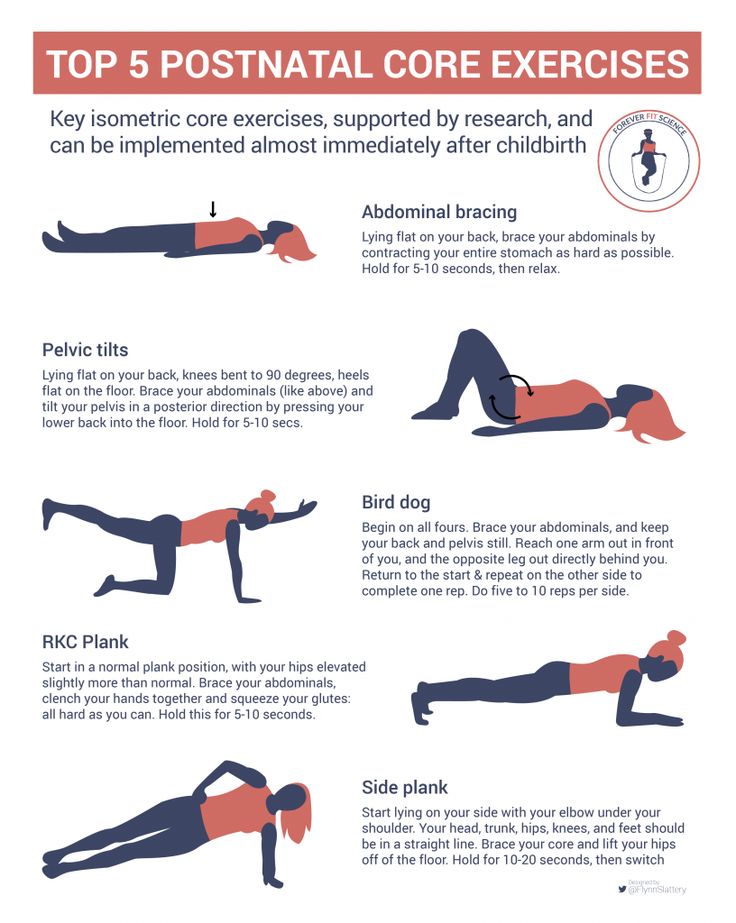 The less time you spend sitting, the more alert you feel, and your risk of developing hypertension and cardiovascular disease is reduced.
The less time you spend sitting, the more alert you feel, and your risk of developing hypertension and cardiovascular disease is reduced.
Get up, don't sit. And you will go far.
Replace your usual desk at work with one that you can work on while standing. If you spend time on your feet, you will move more often, which means you will burn more calories.
Light push to warm up.
If you sit too long, Apple Watch will tell you that it's time to warm up - you will feel a light touch on your wrist. Just make sure "Warm Up Reminders" is turned on in the Watch app on your iPhone.
Don't stand still.
If you get up, walk around a bit. Pour a glass of water. Do a little stretch. Go to a colleague. These little things make up regular physical activity, which gives you a boost of energy and increases your productivity.
A sedentary lifestyle can contribute to the development of type 2 diabetes. And if you spend time more actively, it will help the body normalize glucose levels and reduce other risks.

Three rings. One goal. And lots and lots of motivation.
Apple Watch doesn't just show your progress, but offers you personalized recommendations and motivation to close your rings.
Active prompts
Apple Watch is a personal trainer on your wrist. It monitors how successfully you are moving towards your goals, and tells you what you need to do to close all Activity rings by the end of each day.
Virtual Rewards
When you set a personal best or reach a goal, you will receive a virtual badge. You can view your collection of awards in the Fitness app on your iPhone. You can also earn special badges for participating in seasonal promotions such as Heart Month and Earth Day.
Share
Share your Activity rings with your friends and family. After that, you can receive notifications about their progress and exchange words of support or humorous messages.
Competitions
Now you can compete with friends one on one.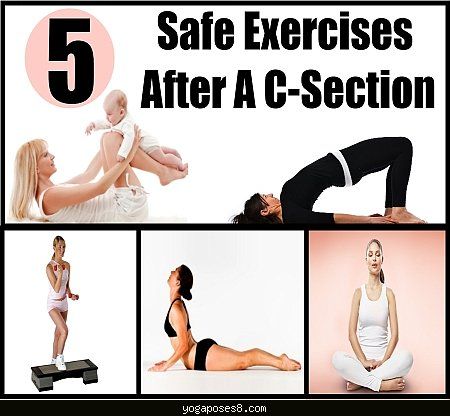 The winner is the one who scores more points in seven days. They are accrued depending on how many percent your rings are closed. And personal coaching tips will help you find out how actively you need to move in order to win.
The winner is the one who scores more points in seven days. They are accrued depending on how many percent your rings are closed. And personal coaching tips will help you find out how actively you need to move in order to win.
This is how Apple Watch users close their rings.
See
Everyone needs activity.
We have optimized our Activity Rings for wheelchair users. The "Warm Up" ring turned into the "On the move" ring. In addition, the Apple Watch tracks the pushes of the hands, with the help of which the wheels of the stroller are set in motion. At the same time, different types of such shocks are taken into account and, depending on this, the "Mobility" or "Exercises" rings are filled. And in the Workout app, there are two modes for exercising in a wheelchair.
Learn more about accessibility features on Apple Watch
Everyone is capable of more.
Learn more about Activity rings and the Workout app in the Apple Watch Support section.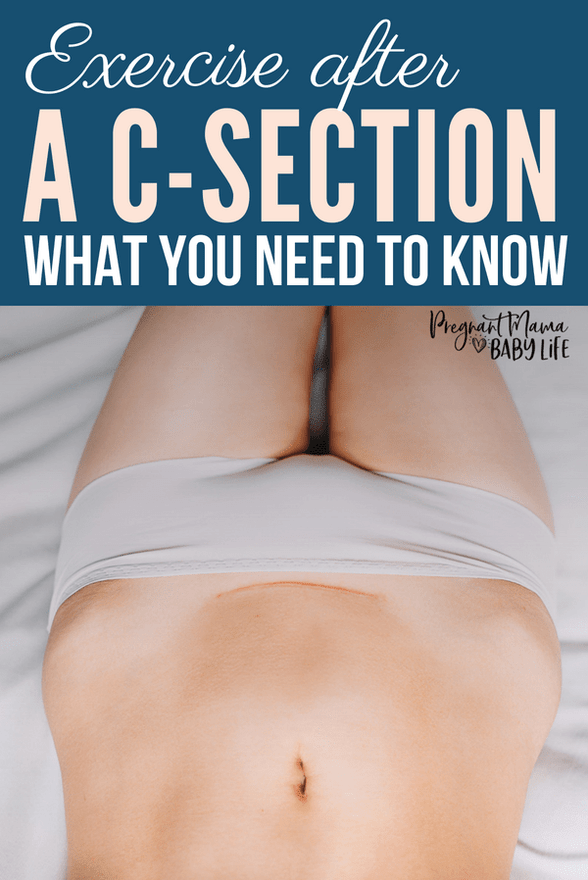 There you will also find useful information about Apple Music, the Apple Podcasts app, measuring heart activity, setting reminders for breathing exercises. And many many others.
There you will also find useful information about Apple Music, the Apple Podcasts app, measuring heart activity, setting reminders for breathing exercises. And many many others.
Explore Apple Watch Support
Review of online collections of exercises in English ‹ Ingleks
The article provides a list of the most useful online collections of English exercises for practicing basic English skills. Each resource was described in detail, the advantages and disadvantages were highlighted.
Every student knows that additional independent work with the language is of great benefit and speeds up the process of mastering it. A huge number of online learning resources are both inspiring and confusing - where to go, where to start? The search can tire and discourage any desire to engage. Therefore, we have compiled for you a selection of 7 effective online collections of exercises dedicated to various aspects of learning English.
1. British Council
Goal: practice grammar, learn vocabulary from general and business English courses, improve listening skills.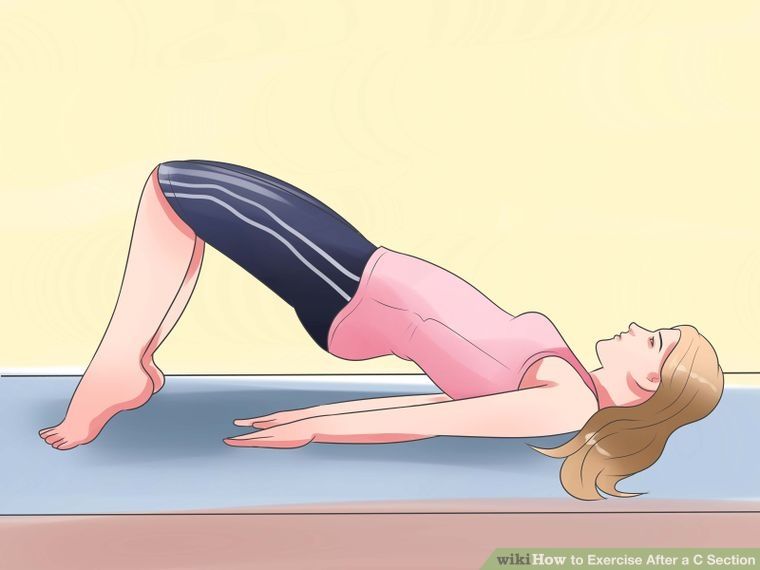
Levels: from A1 to C1.
Time: 20 to 60 minutes.
Benefits: a large database of various exercises, business English lessons.
Weaknesses: few tasks for level C1.
The British Council is arguably the largest and best-known online exercise book for English learners. Tasks are divided into levels: from A1 to C1. The resource will be of interest to those who want to work on individual skills: the Skills section includes Reading (reading), Listening (listening), Writing (writing), Speaking (oral speech). Grammar (grammar) and Vocabulary (vocabulary) sections have tasks of two categories: A1-A2 and B1-B2.
Note the business English section. Here you can improve your reading skills - Business Magazine, listening skills - Podcasts for Professionals, business correspondence - English for Emails, as well as a series of videos on interviewing and finding new employees - You are Hired.
In the General English section you will find videos, podcasts, audio series, tips, games and language learning apps.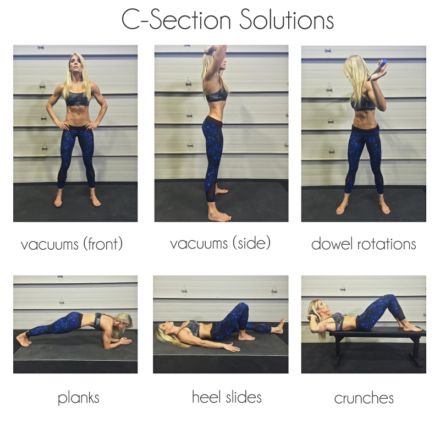 There are both short (up to 5 minutes) and long (up to 30 minutes) audio files. All materials are matched with interactive tasks with the possibility of verification.
There are both short (up to 5 minutes) and long (up to 30 minutes) audio files. All materials are matched with interactive tasks with the possibility of verification.
2. Cambridge English
Purpose: work on individual skills.
Levels: A1 to C1
Time: 5 to 15 minutes.
Benefits: has pronunciation exercises.
Disadvantages: tasks are small in volume.
Cambridge English is a worthy competitor to the British Council. It also contains a large database of exercises, which is regularly updated. Most of the tasks are small in volume (for 5-10 minutes), so this resource is suitable for those who want to usefully spend a short period of free time.
There are also assignments for key skills (listening, reading, writing, speaking), grammar, vocabulary. A separate plus is excellent exercises for practicing pronunciation, which is rarely found on such sites.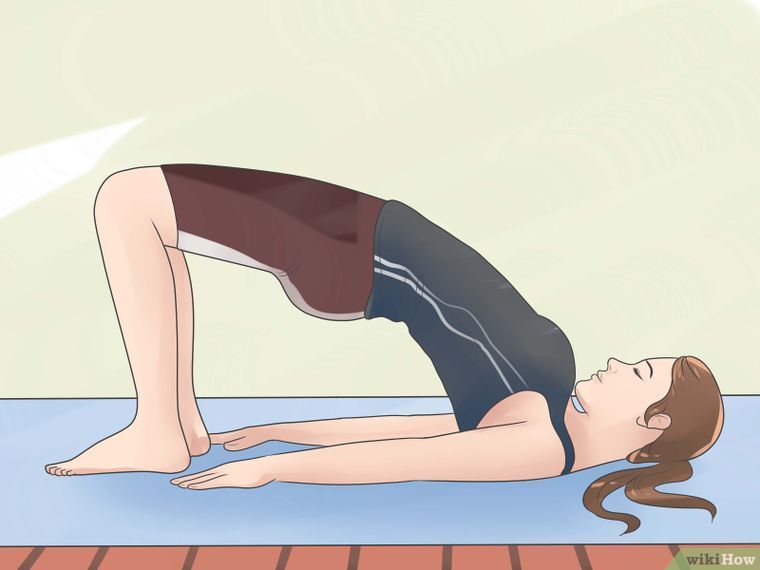
Tasks are divided into three groups - Basic (basic, A1-A2), Independent (free, B1-B2) and Proficient (advanced, C1-C2). Each level has its own color card, which makes it easier to find exercises. Tasks can be sorted by skill, level, and completion time.
3. BBC Learning English
Goal: study of grammar and vocabulary, pronunciation and listening skills.
Levels: from A2 to B2.
Time: from 20 minutes.
Benefits: many listening tasks.
Disadvantages: is focused on passing the course, rather than focusing on skill development.
BBC Learning English is not just a collection of exercises, but a complete educational resource where you can first learn the rules and then complete some exercises. In the Grammar and Vocabulary sections you will find Six Minute English (six minutes of English) and English in a Minute (English in a minute) lessons. Grammar is presented for the Basic (A2) and Intermediate (B1) levels, there are additional materials for higher levels.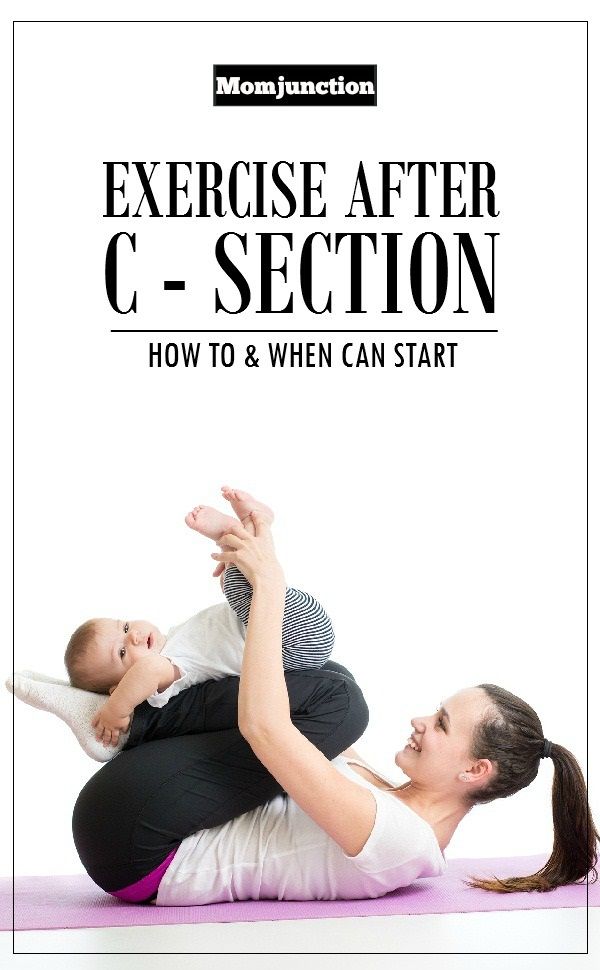 The vocabulary is mainly designed for Intermediate (B1) students, but there are sections for advanced students (B2) and beginners (A2).
The vocabulary is mainly designed for Intermediate (B1) students, but there are sections for advanced students (B2) and beginners (A2).
The Courses section offers complete courses for all levels of language proficiency, as well as specialty courses such as Shakespeare Speaks (English with Shakespeare). In the Features section (B1-B2) you will find three series of audio podcasts, listening to which you can expand your vocabulary. Issues of The Experiment are short audio recordings with commentary on vocabulary and idioms. The English at University section talks about the peculiarities of studying in the UK and provides an overview of functional vocabulary. The Drama section will be of interest to lovers of literature - audiobooks with small tasks for them are collected here.
4. My English Pages
Purpose: work on individual skills.
Levels: A2 to B2, multiple C1 assignments.
Time: 5 to 15 minutes.
Benefits: large section with texts to read.
Disadvantages: there is no marking of the difficulty level of tasks.
My English Pages is another online textbook. The Grammar section contains articles on various aspects of grammar, and the Vocabulary section contains collections of words. After studying the section, you can consolidate the material by completing a small task. If you do not need to repeat the theory, you can immediately go to the Exercises tab and work out the topic that interests you. Unfortunately, there is no marking by levels, you will have to navigate by topic. Most of the tasks are designed for an intermediate level of language proficiency.
Pay attention to some interesting tests at the very end of the list: Idiomatic Expressions - an assignment for knowledge of idioms, Speaking Quizzes - conversational quizzes.
The site also has sections on individual skills, but not all of them are sufficiently developed.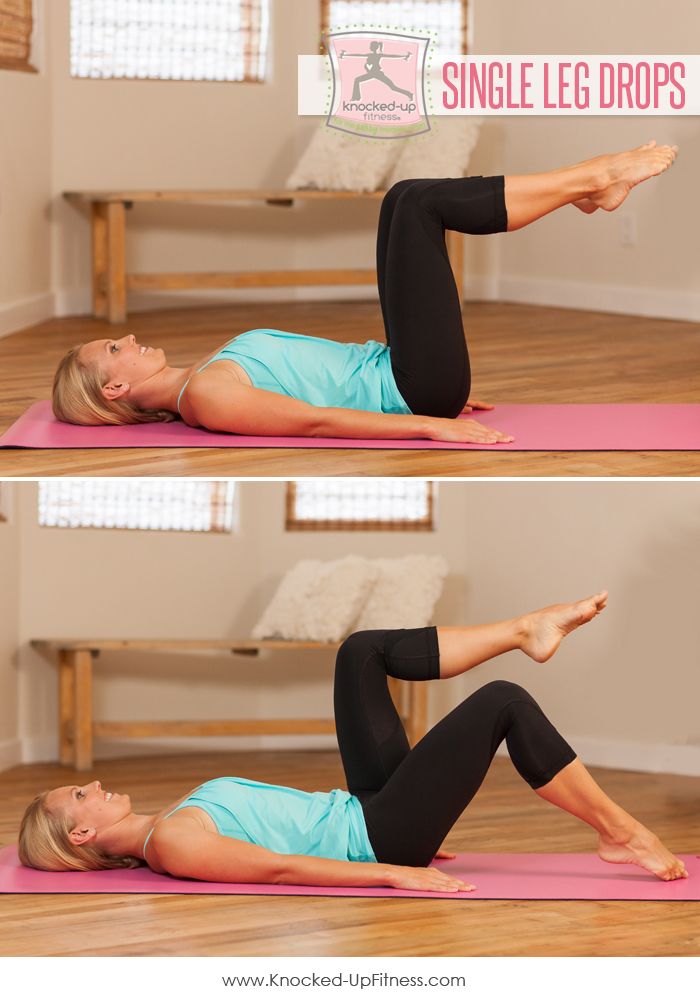 Pay attention to the Reading section, where you will find a large selection of texts on various topics (biographies, art, literature, politics, etc.), each of which is accompanied by a small comprehension task. The Listening section is relatively small - there are only a few dozen audio materials, for which, unfortunately, there are no additional tasks. In the Speaking and Writing tabs, you will also find only reference material: selections of words and expressions for various communication situations (greetings, invitations, complaints, etc.) and tips for developing writing skills.
Pay attention to the Reading section, where you will find a large selection of texts on various topics (biographies, art, literature, politics, etc.), each of which is accompanied by a small comprehension task. The Listening section is relatively small - there are only a few dozen audio materials, for which, unfortunately, there are no additional tasks. In the Speaking and Writing tabs, you will also find only reference material: selections of words and expressions for various communication situations (greetings, invitations, complaints, etc.) and tips for developing writing skills.
5. Learning English Online
Purpose: learning grammar and expanding vocabulary.
Levels: from A2 to B2.
Time: 5 to 30 minutes.
Benefits: Explanations for errors are given based on test results.
Disadvantages: there is no marking of the difficulty level of tasks.
Learning English Online is a German project with a full English version, which is focused on practicing grammar and vocabulary.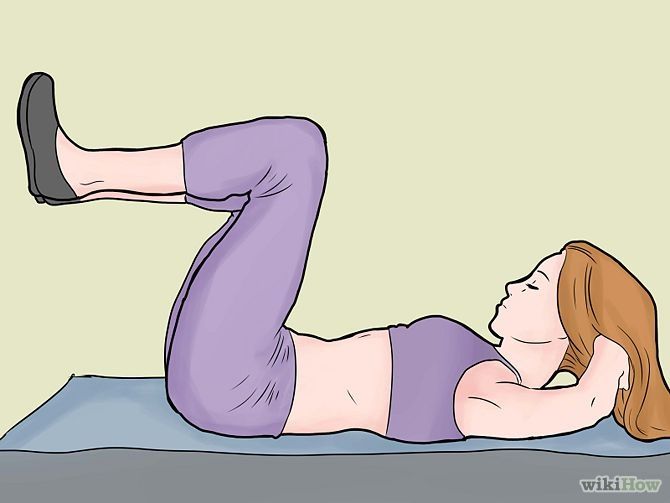
In the Grammar Exercises section you will find grammar tasks on various topics (functional parts of speech, phrasal verbs, interrogative sentences), there are also tasks for mastering English grammatical tenses - pay attention to the sections Tenses Shifted, Contrasted, Tests, Various Exercises .
In the Vocabulary Explanation section you will find reference information and word lists, if you wish, you can go directly to the exercises in the Vocabulary Exercises tab. Vocabulary assignments are traditionally divided into topics. The section Confusing words deserves special attention - here you will find more than thirty exercises for practicing problematic words (then or than, what or which, make or do, look, watch or see).
Pay attention to the Tests & Exams section, which contains complex tests for knowledge of grammar and vocabulary, as well as the Games tab, where you can solve several crosswords or play the gallows.
6. Longman: Free English Exercises
Purpose: practicing grammar, listening and pronunciation, expanding vocabulary.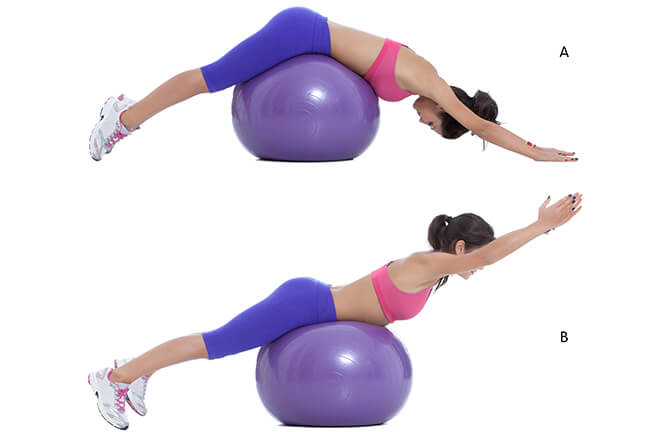
Levels: from B1 to C2.
Time: 5 to 15 minutes.
Benefits: high-level grammar, functional vocabulary.
Cons: is not suitable for beginners.
Longman: Free English Exercises provides many grammar and vocabulary exercises.
The Vocabulary section does not have a division into difficulty levels, but in general it is designed for an average and confident knowledge of the language (B1-C1). There are no traditional topic tasks here, instead you will find exercises for working with synonyms and antonyms, idiomatic expressions and individual parts of speech.
Grammar exercises include two levels - Intermediate (B1-B2) and Advanced (C1-C2). And if for the first there are a lot of exercises on other online resources, then the high-level grammar section is the advantage of the site. It includes specific topics: grammar of colloquial and business speech, conditional sentences and subjunctive mood, modal verbs.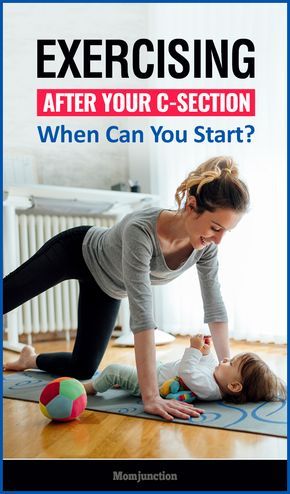
The Listening & Pronunciation section will be useful for those who have difficulty in pronunciation or understanding English speech by ear. Here you will learn to distinguish between British and American accents, recognize individual sounds, put the correct stress in words.
7. Perfect English Grammar
Goal: to study grammar.
Levels: from A2 to B2.
Time: 20 to 40 minutes.
Advantages: thorough study of the times.
Weaknesses: no assignments for other aspects of the language.
Perfect English Grammar is all about grammar exercises, from basic Present Simple tense exercises to highly complex forms like the Future Perfect Continuous. Also here you will find exercises on all key aspects of English grammar (articles, prepositions, gerunds), but you will have to navigate exclusively by topic - there is no marking by level.
The materials of this resource will be of most interest to students who speak the language at an intermediate level.

